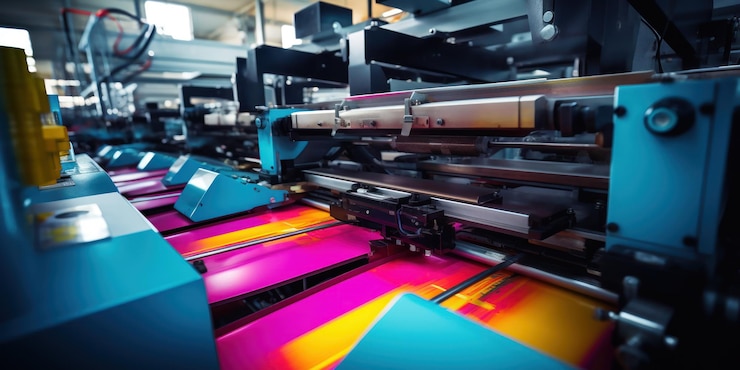In today’s world, the need for sustainable printing materials is more pressing than ever. As environmental concerns rise, industries are shifting towards eco-friendly solutions. In the printing sector, this shift is evident with the increasing adoption of sustainable printing materials. These materials not only reduce environmental impact but also offer numerous benefits to businesses and consumers alike.

The Importance of Sustainable Printing
The printing industry has traditionally been resource-intensive, consuming large amounts of paper, ink, and energy. However, with the advent of green printing technology, there is a growing trend towards more sustainable practices. These practices aim to minimize waste, reduce carbon footprints, and promote the use of sustainable printing materials.
Types of Sustainable Printing Materials
1. Recycled Paper
Recycled paper is a cornerstone of sustainable printing. By using recycled materials, the demand for virgin paper is reduced, conserving forests and reducing waste. Many businesses are now opting for recycled paper as their primary printing material.
2. Soy-Based Inks
Soy-based inks are an eco-friendly alternative to traditional petroleum-based inks. They are biodegradable, produce more vibrant colors, and are easier to remove during recycling processes. This makes them a popular choice for companies aiming to enhance their sustainability efforts.
3. Biodegradable Plastics
Biodegradable plastics are increasingly used in packaging and label printing. These materials break down naturally over time, reducing landfill waste and environmental impact.
Benefits of Using Sustainable Printing Materials
1. Environmental Impact
Using sustainable printing materials significantly reduces environmental harm. By opting for materials that are recyclable or biodegradable, companies can lower their carbon footprint and contribute to a healthier planet.
2. Cost Efficiency
While the initial investment in sustainable materials may be higher, the long-term benefits often outweigh the costs. Recycled materials and energy-efficient processes can lead to significant cost savings over time.
3. Brand Image and Customer Trust
Consumers are becoming more environmentally conscious. By adopting sustainable practices, businesses can enhance their brand image and build trust with eco-aware customers. This can lead to increased customer loyalty and potentially higher sales.
Challenges in Adopting Sustainable Printing
Despite the benefits, there are challenges in adopting sustainable printing materials. These include higher initial costs, the need for new technologies, and potential resistance from traditional printers. However, with continued advancements and increasing demand, these challenges are gradually being overcome.
The Future of Sustainable Printing
The future of printing lies in sustainability. With the continuous development of new materials and technologies, the industry is set to become greener and more efficient. Innovations such as 3D printing and digital printing are paving the way for more sustainable practices. For more information on the impact of 3D printing, visit 3D printing impacts.
1. Digital Printing
Digital printing eliminates the need for plates and reduces waste, making it a more sustainable option compared to traditional methods. It also allows for on-demand printing, which minimizes overproduction and waste.
2. 3D Printing
3D printing is revolutionizing the industry by enabling the production of complex structures with minimal waste. It uses precise amounts of material, reducing excess and promoting sustainability.
Conclusion
The shift towards sustainable printing materials is not just a trend but a necessity for the future of our planet. By adopting eco-friendly materials and practices, the printing industry can play a significant role in environmental conservation. As technology continues to evolve, the possibilities for sustainable printing are endless, promising a greener future for all.

FAQ
1. What are sustainable printing materials?
Sustainable printing materials include recycled paper, soy-based inks, and biodegradable plastics, all of which reduce environmental impact.
2. Why is sustainable printing important?
Sustainable printing reduces waste, conserves resources, and lowers carbon footprints, contributing to a healthier planet.
3. How can businesses benefit from sustainable printing?
Businesses can save costs, improve brand image, and gain customer trust by adopting sustainable printing practices.
This article contains affiliate links. We may earn a commission at no extra cost to you.






